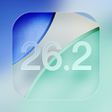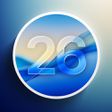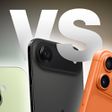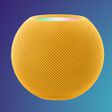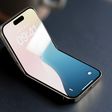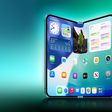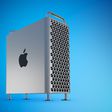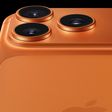Google has updated its mobile photo and video cloud storage app Google Photos with a couple of new features, including burst photo support and a new cropping tool.
The 1.12.1 update means users can now make full use of the iPhone's burst mode capability by holding down on the app's on-screen shutter release button, as well as crop newly shot photos on the fly.
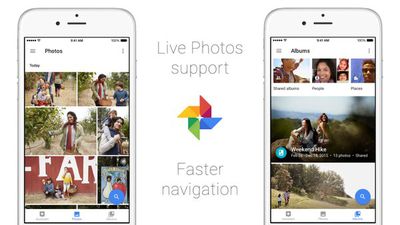
In addition, the company says Google Photos now loads faster, and users can expect reduced battery and cellular data usage when using the updated version on the go.
Google Photos was originally released last year to complement the company's web-based photo service. According to Google statistics, 200 million users have stored 13.7 petabytes of photos on the cloud platform, which offers unlimited storage.
The service supports videos in 1080p resolution and photos up to 16 megapixels, but recompresses images to increase upload speed. Meanwhile, users subscribed to a paid Google storage tier can upload 4K video and higher resolution photos.
Other app features include a visual search tool that can distinguish people, places and things without the use of tags, a movie, collage and animation creator, photo and video editing tools like filters and lighting adjustments, smart albums, Live Photos and Chromecast support.
Google Photos is a free download for iPhone and iPad available on the App Store. [Direct Link]


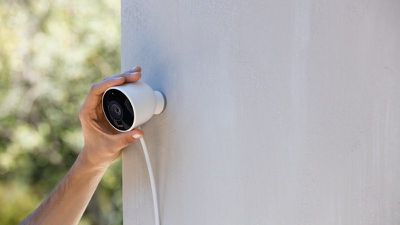
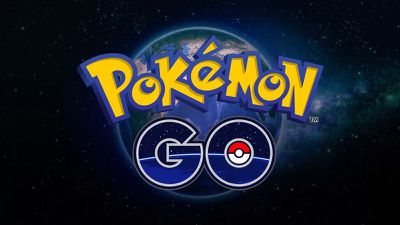


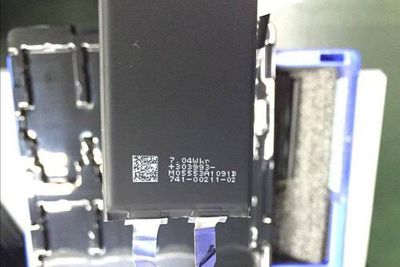
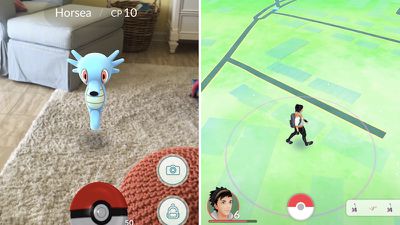

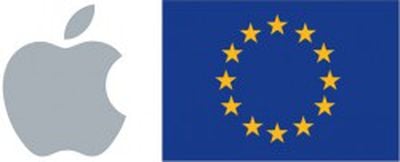 A decision in the
A decision in the 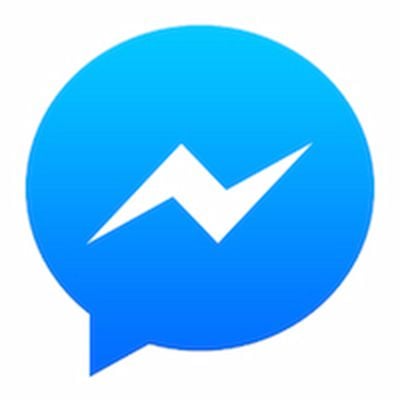 Facebook Messenger today was updated to version 79.0, bringing with it the debut of new Peek and Pop gestures within the messaging client. On the iPhone 6s and iPhone 6s Plus, users will now be able to try out the pressure sensitive abilities of 3D Touch to more easily navigate through the app.
Facebook Messenger today was updated to version 79.0, bringing with it the debut of new Peek and Pop gestures within the messaging client. On the iPhone 6s and iPhone 6s Plus, users will now be able to try out the pressure sensitive abilities of 3D Touch to more easily navigate through the app.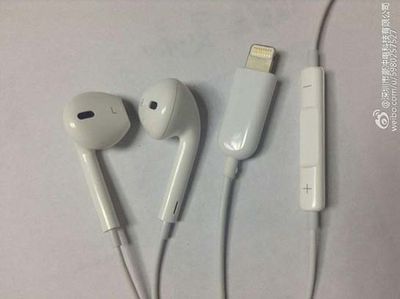

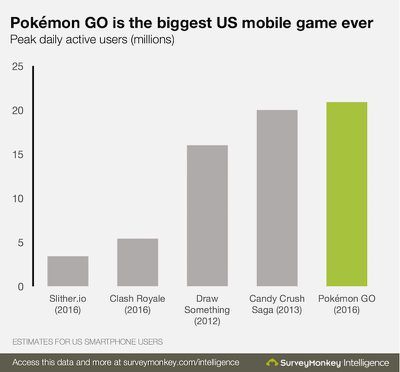
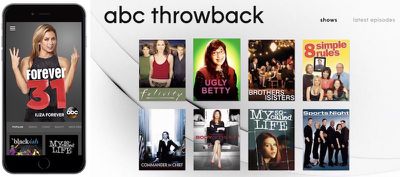
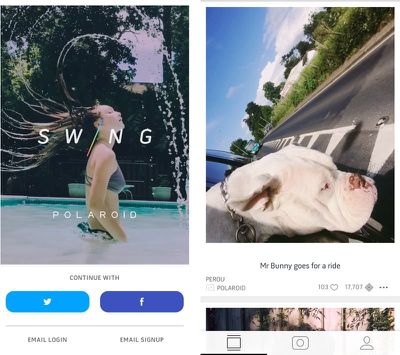

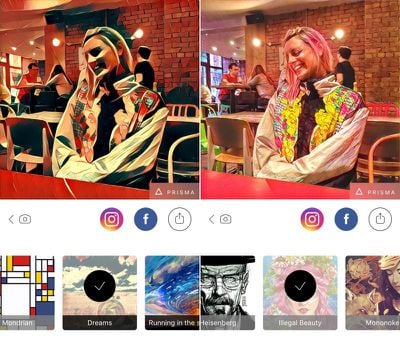
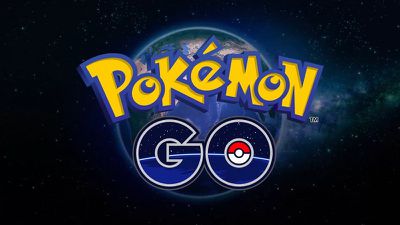
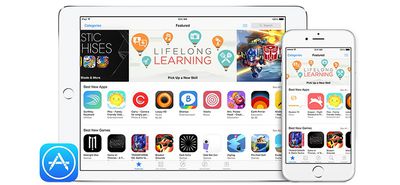
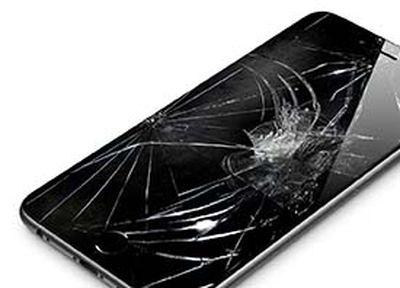 A judge in Amsterdam has
A judge in Amsterdam has 
